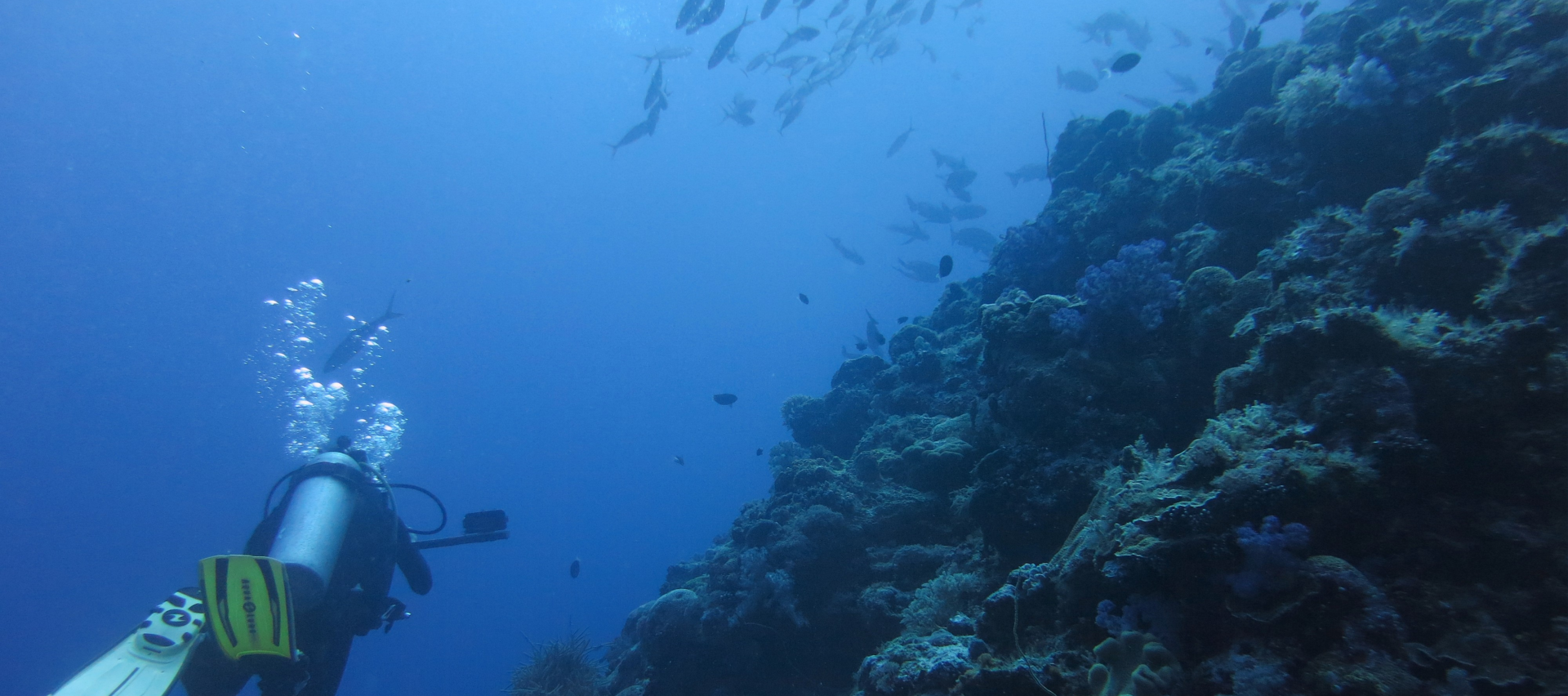- Research
PICRC releases new report on reef fish stocks in Palau, finds overall biomass decreased between 2021 and 2023
Researchers at the Palau International Coral Reef Center (PICRC) have published a technical report titled ‘Fishery-independent monitoring of reef fish stocks in Palau from 2017 to 2023’ with results indicating that the biomass of reef fish decreased across Palau between 2021 and 2023.
This monitoring, carried out every two years, aims to collect information on the abundance, biomass, and size of Palau’s commercially-important reef fish species. Small-scale coral reef fisheries are vital in Palau, with seafood being the main source of protein. What’s more, Palau’s economy is heavily reliant on tourism and divers are willing to pay more to see larger fish such as kemedukl and maml. However, since the 1970s, there have been increasing concerns that reef fish stocks have declined due to overfishing and a more recent study showed that Palau’s fisheries are fully exploited. PICRC’s monitoring aims to assess the effectiveness of fisheries management measures put in place to recover reef fish stocks. 94 sites across Palau are surveyed every two years at two different depths, 15-20m and 5-10m, using SCUBA diving. The results were compared across years, habitats, and depths to form a picture of the status of reef fish stocks in Palau.
The most recent monitoring, carried out in 2023, found that fish biomass and diversity were highest in the western fore-reefs and lowest in the inner reefs. The researchers found that overall fish biomass increased significantly from 2017 to 2021, but then decreased in 2023, predominantly driven by changes in the inner reef and western fore-reef habitats. The decrease may have been caused by natural fluctuations in fish numbers or possibly the effects of tourists returning after COVID-19, leading to an increase in fishing pressure. Fish biomass in the western fore-reefs and channel habitats has been significantly affected by fishing pressure from Koror, with increasing fishing pressure leading to lower biomass. Overall, fish biomass at most survey sites was low compared to local Marine Protected Areas (MPAs).
The researchers also assessed 16 species for size structure. Four of these species had a decrease in average length over time, three had an increase, and the rest showed no change and high numbers of immature fish were observed.
Overall, the technical report highlights the need for continued monitoring and better fisheries management to regulate the harvest of these species. Management suggestions include increasing the size of MPAs to make sure fish species with larger home ranges are being protected, looking at establishing MPAs in important locations for reef fish, improving enforcement, and developing minimum size limits for vulnerable species.
The report is available on the PICRC website for anyone who wishes to get a copy. For more information, please contact the Director of Research Department, Ms. Geraldine Rengiil at 488-6950 or [email protected].


